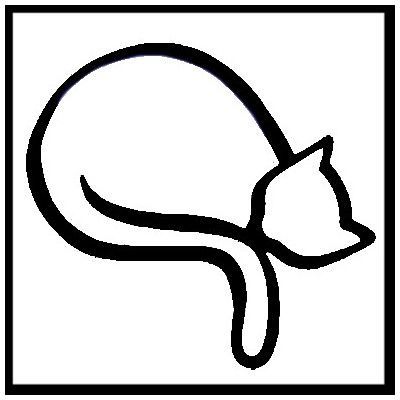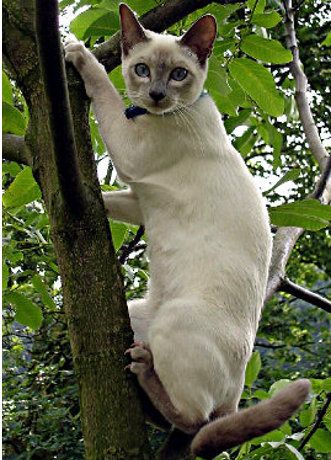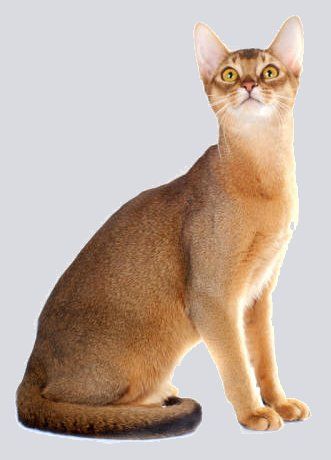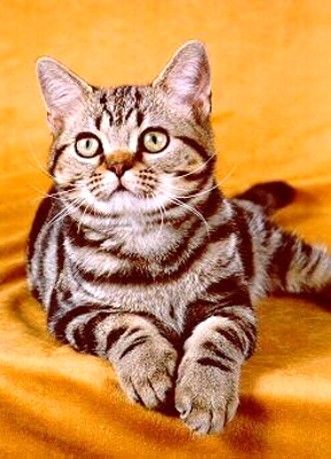|
The very first Ocicat was born in 1964 as an unexpected result. Mrs. Virginia Daly tried to breed a Siamese with Abyssinian points. She knew she needed at least two generations for a basis. To her surprise in the second generation a ivory coloured kitten was born with golden spots. The daughter of Mrs. Daly named it an Ocicat, because it looked very much like an Ocelot. This first Ocicat was neutered and sold as a house-pet.
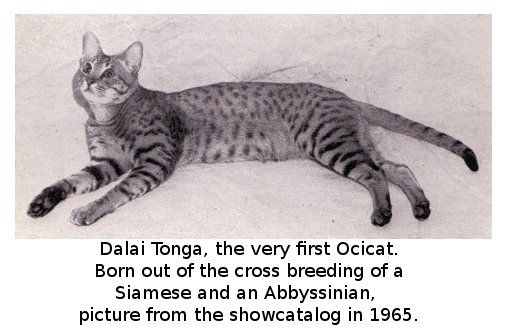 The Ocelot (Leopardus pardalis of Felis pardalis) 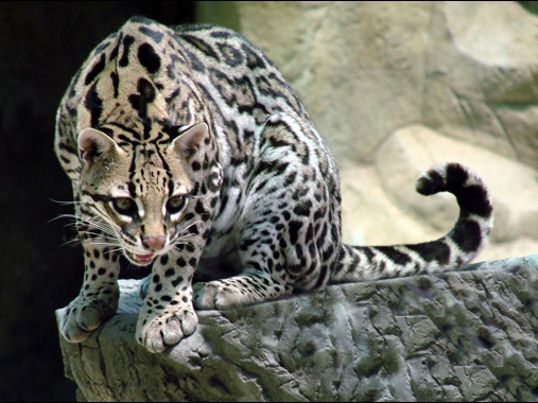 The Fishing cat (Prionailurus viverrinus of Felis viverrinus 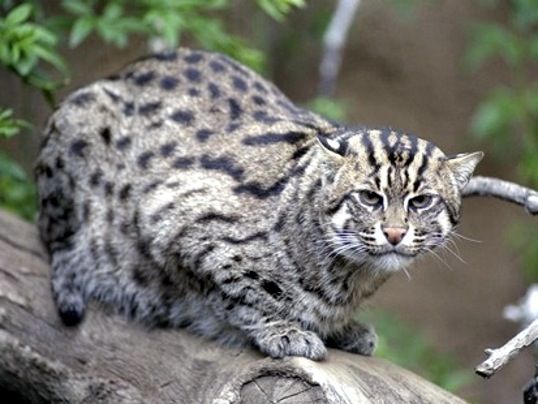 |
Nederlandse Burmezen Club 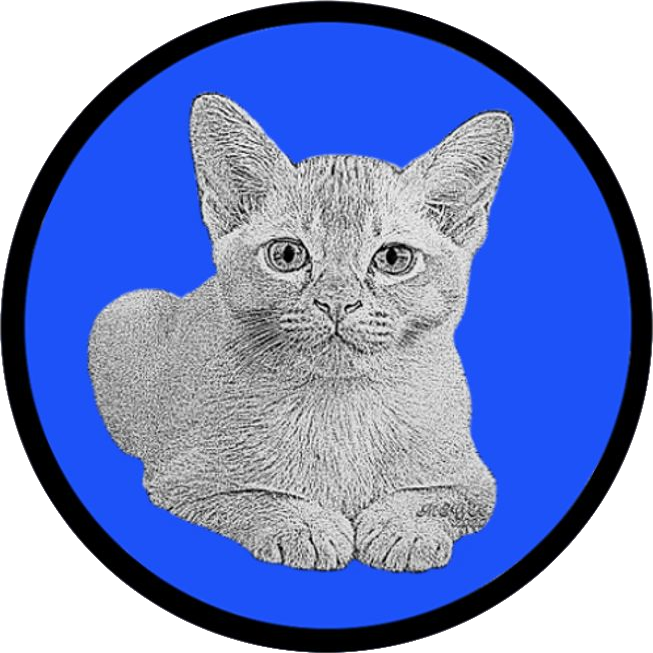 Member of Ocicat Club Holland 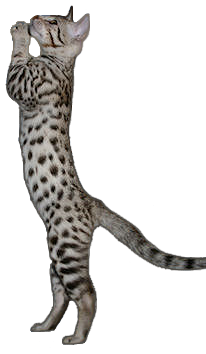 |



